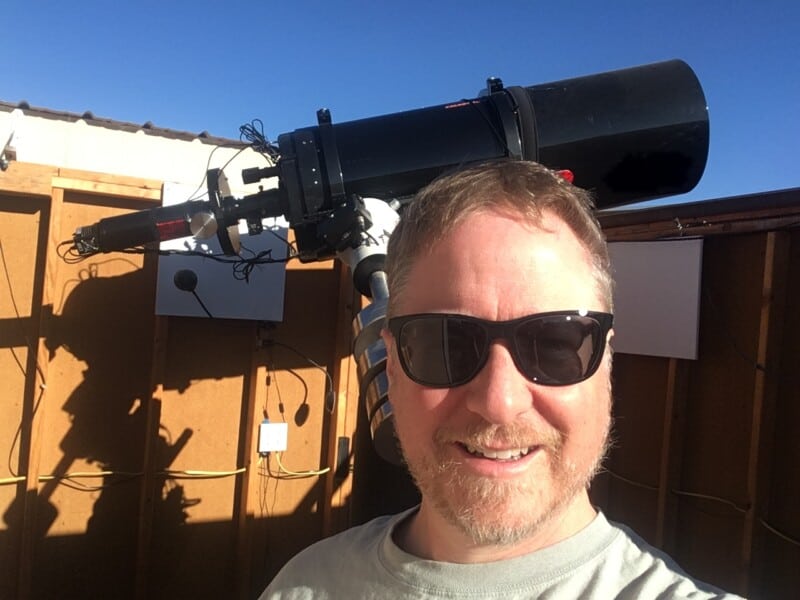PSI Personnel
Project Description
Io, Jupiter’s innermost Galilean satellite, is the most volcanic body in the solar system. This volcanism helps Io maintain a tenuous atmosphere, which is stripped by passing ions in Jupiter’s powerful, rapidly rotating magnetic field. The resulting mass loading of Jupiter’s magnetosphere gives rise to several physical phenomena that are poorly characterized. The primary goal of this effort is to use the variation in Io’s volcanic output as an effective signal generator to probe the response of Jupiter’s magnetosphere to this mass loading and better understand the physical mechanisms which govern one of these phenomena: radial transport. To accomplish this goal, which amounts to measuring the mass transfer function of Jupiter’s magnetosphere, we will simultaneously monitor Io’s volcanic activity and the Io plasma torus (IPT) for a period of time long enough for Io to experience a major volcanic outburst (5 years). The IPT is a hula hoop of ions trapped in Jupiter’s magnetosphere at Io’s orbital radius. The IPT’s unexpectedly large mass is direct evidence of a yet-to-be explained mechanism operating to impound radial transport in this region of Jupiter’s magnetosphere. Our proposed effort will record images the IPT in [SII] 6731A on a 15 minute cadence for five Jovian oppositions using a coronagraph fed by a 35 cm robotically controlled telescope. Several times per night, this same telescope will also record coronagraphic images of the Jovian sodium nebula, which is a proxy for Io volcanic activity. The sodium nebula observations will be anchored by Io infrared observations, a more direct proxy of volcanic activity, conducted at the IRTF every 1 — 2 weeks. Simply by measuring the time relationships between the Io volcanic activity, the IPT’s overall brightness, and the east-west position of the IPT (related to the flow of material down Jupiter’s magnetotail), we will be able to differentiate between the two primary hypotheses, described in the next section, for what drives mass loss from the IPT.




